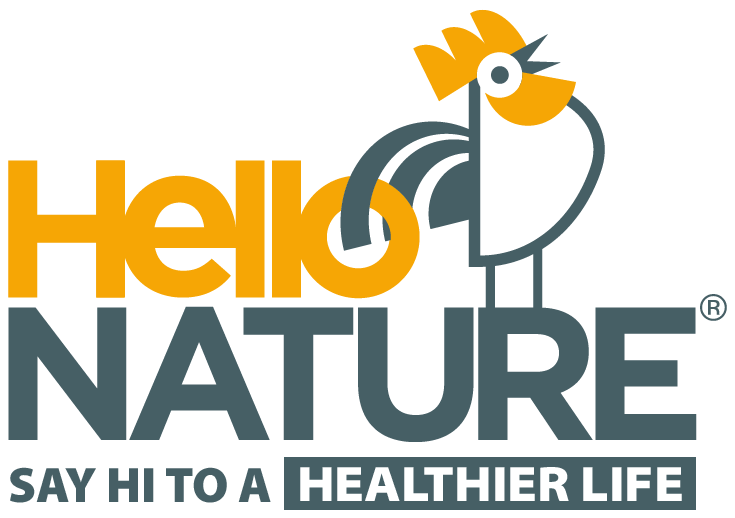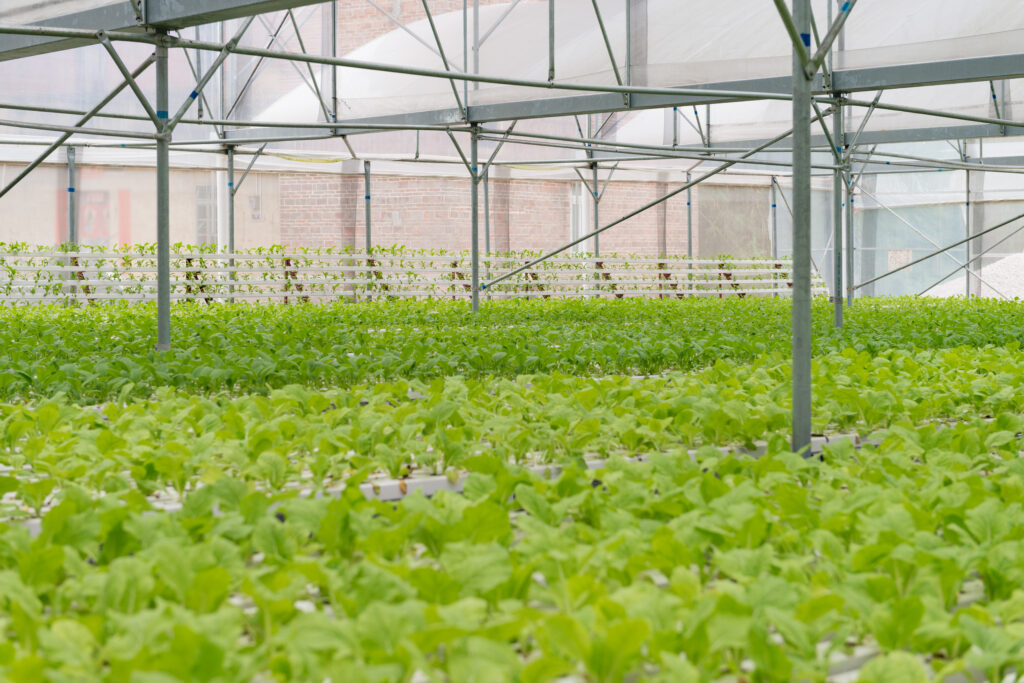Summary of Co-inoculation of Glomus intraradices and Trichoderma atroviride acts as a biostimulant to promote growth, yield and nutrient uptake of vegetable crops
Biostimulant Role of Glomus and Trichoderma in Vegetable Crops
Introduction to the Biostimulant Role of Glomus and Trichoderma
The biostimulant role of Glomus and Trichoderma has gained increasing attention for its ability to improve transplant establishment and promote sustainable vegetable production. Beneficial microorganisms can support rapid seedling growth through a starter effect, leading to early development and higher yields. This study evaluated the impact of Glomus intraradices BEG72 (G) and Trichoderma atroviride MUCL 45632 (T), applied individually or in combination, on growth parameters, yield, chlorophyll content, and nutrient uptake in lettuce, melon, tomato, pepper, and zucchini.
Growth and Physiological Benefits
The biostimulant role of Glomus and Trichoderma was evident in both greenhouse and field experiments. The T. atroviride strain was able to produce auxin-like compounds and siderophores across a wide pH range (5.5–8.0). When applied together, G and T achieved the highest shoot and root biomass, chlorophyll index (SPAD), and chlorophyll fluorescence compared with single inoculations or untreated controls.
In greenhouse trials, shoot dry weight increased by 167% in lettuce, 56% in melon, 115% in pepper, 68% in tomato, and 58% in zucchini. These significant improvements were linked to enhanced uptake of essential nutrients such as phosphorus, magnesium, iron, zinc, and boron.
Field Performance and Yield Improvement
Under open-field conditions, lettuce plants treated with both microorganisms showed a 61% increase in shoot dry weight and a 57% rise in root dry weight. In zucchini, early yield rose by 59% and total yield by 15% when both Glomus and Trichoderma were combined. These results confirm their synergistic effect on crop establishment and productivity.
Conclusion
The application of a biostimulant tablet containing Glomus and Trichoderma supports stronger growth, better nutrient absorption, and higher vegetable yields. This dual inoculation strategy provides an eco-friendly solution for sustainable crop management.
Publication: Journal of the Science of Food and Agriculture









